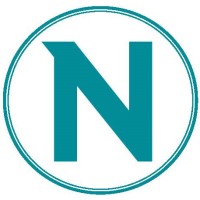
NACCHO
The National Association of County and City Health Officials (NACCHO) is the national organization representing local health departments. NACCHO supports efforts that protect and improve the health of all people and all communities by promoting national policy, developing resources and programs, seeking health equity, and supporting effective local public health practice and systems.






